What Is the Most Common Cause of Testicular Atrophy?
Fertility Treatment
Testicular atrophy is a medical condition that affects the testicles, causing them to shrink in size and lose their normal function. This condition can lead to a decrease in testosterone production and sperm count, resulting in male infertility and other complications. This can be caused by a variety of factors, including aging, hormonal imbalances, infections, trauma, or certain medical treatments such as radiation or chemotherapy. Treatment options depend on the underlying cause and may include hormone replacement therapy and surgery.
In this article, we will explore what testicular atrophy is, its symptoms and causes, and the available treatment options.

What is Testicular Atrophy?
Testicular atrophy is a medical condition that affects the testicles, causing them to shrink in size and lose their normal function. This condition can have serious implications for male reproductive health. Testicular atrophy can happen in men of all ages, whether they have experienced puberty or not.
What Are the Causes of Testicular Atrophy?
Testicle size may change for many reasons. The natural aging process in men can gradually lead to a reduction in testicle size that does not cause any health issues.
A reduction in testicular temperature, such as exposure to cold air/water, can also lead to temporary testicular atrophy. In other words, the decreased testicular temperature can cause the cremaster muscle to contract, known as the "Cremasteric Reflex."
Other causes of permanent testicular atrophy can include:
- Testicular trauma;
- Steroids use;
- Undescended testicles;
- Varicocele;
- Testicular torsion;
- Alcohol use;
- Orchitis (Testicular infections);
- Male hypogonadism;
- Testosterone replacement therapy (TRT) and Oral Testosterone Pills;
- Testicular cancer.

In the following, we explain how the above factors can cause the testicles to shrink.
Testicular Trauma
Getting hit in the testicles or applying extreme pressure to them can sometimes cause complications like bruising or testicular torsion, leading to testicular atrophy or damaged spermatic cord. However, it should be noted that spermatic cord trauma is a rare condition that can occur at any age.
Use of Anabolic steroids and Corticosteroids - The main cause of testicular atrophy
Anabolic steroids are synthetic alternatives to the male hormone testosterone. When used in excessive amounts, they can disrupt the body's natural hormone balance by reducing the production of natural testosterone. This can ultimately result in testicular atrophy. Many adult men take synthetic anabolic steroids to build their muscles quickly.
Corticosteroids are also a type of steroid hormone that is often prescribed to treat diseases such as asthma, eczema, and rheumatoid arthritis. However, excessive use of corticosteroids can lead to testicular atrophy.

Undescended Testicles
An undescended testicle, also known as cryptorchidism, occurs when one or both of the testicles fail to descend and move from the abdomen into the scrotum before birth. This condition can lead to testicular atrophy. However, most undescended testicles can be treated with a surgical procedure called orchiopexy in infancy.
Varicocele and Testicular atrophy
Varicocele, which often occurs in left varicocele, is a condition in which the veins within the scrotum become enlarged. The increased pressure from the enlarged veins can interfere with the normal function of the testicles and increase the testicular temperature.
If the testicular artery is inadvertently cut during varicocele surgery, it can lead to a decrease in blood flow to the testicles. Inadequate blood supply to the testicles may ultimately cause testicular atrophy.
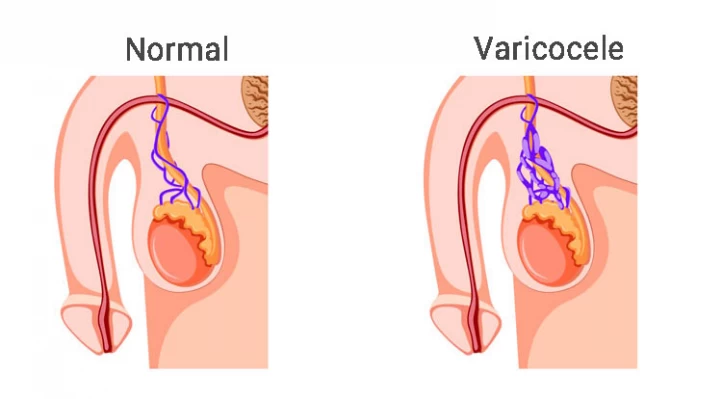
Testicular torsion
Testicular torsion is an emergency condition that occurs when the spermatic cord, which supplies blood to the testicle, becomes twisted. This may lead to a decrease in blood flow to the testicle. If the blood flow is not restored quickly within 4 hours, it can cause permanent damage to the testicle, leading to shrinkage of the testicle.
Alcohol use
Chronic alcohol consumption can also contribute to testicular atrophy as it reduces the production of the male testosterone hormone.
Orchitis
Orchitis is the inflammation of the testicles, usually due to an infection. This condition can lead to testicular atrophy and, thus, male infertility. Symptoms of Orchitis can be testicular pain, swelling, nausea, and vomiting. Infections such as mumps, urinary tract infections, and sexually transmitted infections like chlamydia and gonorrhea can cause orchitis. Orchitis caused by the mumps virus, which usually occurs after puberty, begins about 3-4 days after the onset of the condition.
Male Hypogonadism
Male hypogonadism is a condition in which the man's body doesn't produce enough testosterone. This condition prevents the proper development of male characteristics such as testicles, penis, and muscle mass.
Male hypogonadism is in two types: primary hypogonadism and secondary hypogonadism.
Primary hypogonadism occurs when the testes are not functioning properly and are unable to produce adequate levels of male hormone testosterone and sperm.
Secondary hypogonadism, on the other hand, occurs when the problem lies in the pituitary gland or hypothalamus, which is responsible for signaling the testes to produce testosterone.
Testosterone replacement therapy (TRT) and Oral Testosterone Pills
Testosterone replacement therapy (TRT) or oral testosterone pills can potentially cause testicular atrophy. The reason is that when the body receives external sources of testosterone, it may signal the pituitary gland to produce less testosterone on its own. This can lead to a decrease in the size and function of the testes over time.
Testicular cancer
Testicular cancer often occurs at a young age. This condition can cause testicular atrophy through the growth of a cancerous tumor within the testicle. As the tumor grows, it can replace healthy testicular tissue, leading to a decrease in the size and function of the affected testicle.
It should also be noted that the treatment success rate of testis cancer is much higher than other cancers, especially when caught early. Therefore, it is recommended that men be aware of any changes in the size, shape, or firmness of their testicles and seek immediate medical treatment if they notice any abnormalities.
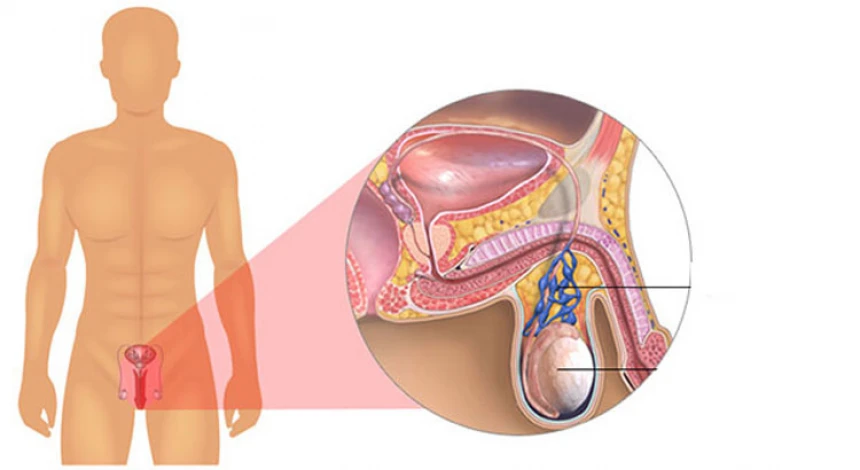
What Are the Symptoms of Testicular Atrophy?
Testicular atrophy symptoms can increase with age. These symptoms may include:
Testicular atrophy symptoms before puberty:
- insufficient beard growth;
- fever;
- nausea;
- inflammation of the prostate;
- undeveloped pubic hair;
Testicular atrophy symptoms after puberty:
- Absent/reduced beard or pubic hair growth;
- decreased libido;
- nausea;
- fever;
- excessive softening of the testes;
- infertility;
- decreased muscle mass.
Can Testicular Atrophy Cause Male Infertility?
Testicular atrophy can potentially affect male fertility. This is because the size of the testicles is directly related to its ability to produce sperm. In other words, men with small testicles produce less sperm than men with larger testicles.
Contact us for a free initial consultation about testicular atrophy.
WhatsAppTelegramFacebookEmail
How Does Testicles Size Affect the Production of Testosterone and Sperm?
Men usually produce normal levels of testosterone and sperm. However, according to research, larger testicles generally indicate higher levels of testosterone production, which is essential for sperm production.
Additionally, certain conditions, such as Klinefelter syndrome (a genetic condition caused by an extra X chromosome in males), can have a significant impact on testosterone and sperm production and male fertility. The symptoms of Klinefelter syndrome are abnormally small testes, testicular failure, gynecomastia (enlarged breast tissue), and reduced/absent facial and body hair.
Overall, the signs of low testosterone levels, known as male hypogonadism, are similar to those of Klinefelter syndrome, which can be alleviated with hormone replacement therapy. Following a healthy diet and regular monitoring of the testicles may help prevent or manage certain testicular conditions.
When to See a Doctor for Testicular Atrophy?
It is recommended that men undergo medical evaluation at least once to ensure the normal size and texture of their testicles. As testicular atrophy can sometimes affect men's sexual health, it is important to see a doctor for the following symptoms:
- Lump or mass on the testicles;
- Difficulty with fertility after a year of unprotected sex;
- Symptoms of decreased testosterone such as fatigue and erectile dysfunction;
- Pain, discomfort, or swelling in the scrotum;
- Shrinking of one or both testicles;
- Gigantomastia or breast hypertrophy (excessive breast tissue growth);
- Backache, abdominal pain, and headache.
Overall, patients should seek medical attention for symptoms such as testicular inflammation and swelling, painful urination, testicular pain, abnormal penile discharge, lower abdominal or back pain, and sore or sensitive breasts to receive an accurate diagnosis and appropriate treatment.
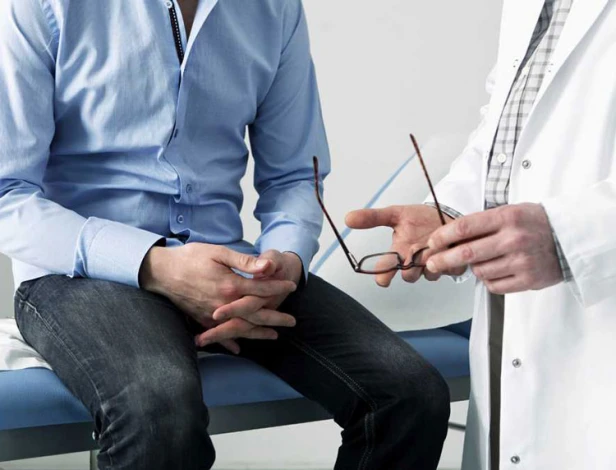
How to Treat Testicular Atrophy?
Treatment for testicular atrophy depends on the underlying cause. The common methods of testicular atrophy treatment are:
- Lifestyle changes
- Medication
- Testicular Trauma Treatment
- Treatment of Hormonal Imbalance
- Treatment of Varicocele
- Treatment of Undescended Testicles
Lifestyle changes
Lifestyle changes and avoiding unhealthy behaviors can help improve testicular health and function. These may include balancing sleep, quitting smoking, reducing alcohol consumption, avoiding sexual intercourse for a period of time - if testicular atrophy is due to a sexually transmitted disease -, following a healthy diet, and getting regular exercise.

Medication
Suppose the testicular atrophy is due to a medical condition such as a sexually transmitted disease or testicular torsion. In that case, medications are usually prescribed to treat the underlying issue and help improve testicular health. In cases where the atrophy is caused by conditions such as Varicoceles, surgical interventions may be necessary.
However, it is important to consult a doctor about the potential side effects of each medication.
Testicular Trauma Treatment
In most cases, testicles can absorb the hits without serious damage. However, the patient should immediately consult a urologist in cases where the injury is associated with severe persistent pain or conditions such as testicular torsion. Treatments for testicular trauma can include surgery, medication therapy, and rest.
Treatment of Hormonal Imbalance
Hormonal imbalance, like low testosterone levels, plays a crucial role in the development of testicular atrophy that requires hormone therapy and lifestyle changes. Synthetic versions of testosterone like HCG, tamoxifen, and clomiphene (Clomid) are usually prescribed to treat male hypogonadism.
Treatment of Varicocele
Varicocele is the enlargement of the veins within the scrotum, which can affect testicular health. Varicocele surgery can help treat testicular atrophy and increase sperm production by redirecting the blood flow into healthy veins.
Treatment of Undescended Testicles
Undescended testicles, also known as cryptorchidism, affect 1-2% of male babies. The main treatment for this condition is surgery, called orchidopexy, that preferably should be done before the age of 1 year. Surgical treatment of undescended testicles can help prevent long-term complications such as testicular atrophy.
How to Prevent Testicular Atrophy in Male Infants?
Getting regular checkups with a pediatrician is one of the best ways to detect and prevent testicular atrophy in male babies early. During these check-ups, the pediatrician can monitor the development of the testicles and address any concerns early on. This can also help prevent potential long-term complications such as male infertility
Furthermore, ultrasounds can determine the fetus's testicle size and its changes before birth.
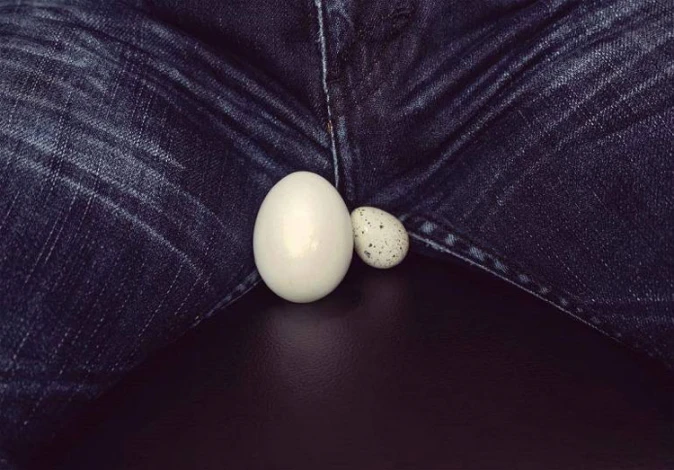
Final Word
Testicular atrophy is a serious condition that can have long-lasting effects on men's sexual lives and even their regular lives. Therefore, it is recommended that men examine the size and shape of their testicles regularly and periodically and see a doctor immediately for any concerns.
Furthermore, following a healthy lifestyle, such as quitting smoking, having a proper and balanced diet, and getting regular exercise, is usually the first recommended step in the treatment of testicular atrophy.
FAQ About Testicular Atrophy
1) What is the most common cause of testicular atrophy?
The most common cause of testicular atrophy is aging. As men age, their testosterone levels naturally decrease, which can lead to a reduction in testicle size and function.
2) Can testicular atrophy be left untreated?
Testicular atrophy can be left untreated. However, it may lead to complications such as male infertility, reduced libido, and erectile dysfunction. Therefore, it is important to seek medical attention if you suspect you have testicular atrophy to determine the underlying cause and receive appropriate treatment.
3) What are the size criteria for testicular atrophy?
The size criteria for testicular atrophy is when the testicles are smaller than normal, typically less than 1.5 inches (4 centimeters) in length or less than 0.75 inches (2 centimeters) in width. However, the size alone may not be enough to diagnose testicular atrophy, as other factors such as texture, consistency, and function also need to be considered. A medical professional can perform a physical exam and order additional tests to diagnose testicular atrophy.
4) Is testicular atrophy an emergency?
Testicular atrophy is not typically considered an emergency, but it is important to seek medical attention if you notice any changes in the size or function of your testicles. Testicular atrophy can be a sign of an underlying medical condition, such as testicular cancer or hormonal imbalances, that may require treatment. Early diagnosis and treatment can improve outcomes and prevent complications.
5) Why do steroids cause testicular atrophy?
Steroids can cause testicular atrophy as they disrupt the natural production of hormones in the body. When anabolic steroids are taken, the body may recognize the presence of synthetic hormones and reduce its own production of testosterone. This can lead to testicular atrophy as the testes shrink due to decreased hormone production. Additionally, steroids can also disrupt the normal function of the pituitary gland, which can further impact hormone levels and testicular size.
6) Do small balls mean low sperm?
Not necessarily. While testicular atrophy can affect sperm production, it does not always mean low sperm count. However, it is important to consult with a doctor if you have concerns about male infertility or reproductive health.
7) Can testicular atrophy be reversed?
In some cases, the underlying cause of testicular atrophy can be treated, which may help to reverse the condition. However, in cases where the damage is irreversible, the focus may be on managing symptoms and supporting overall health.



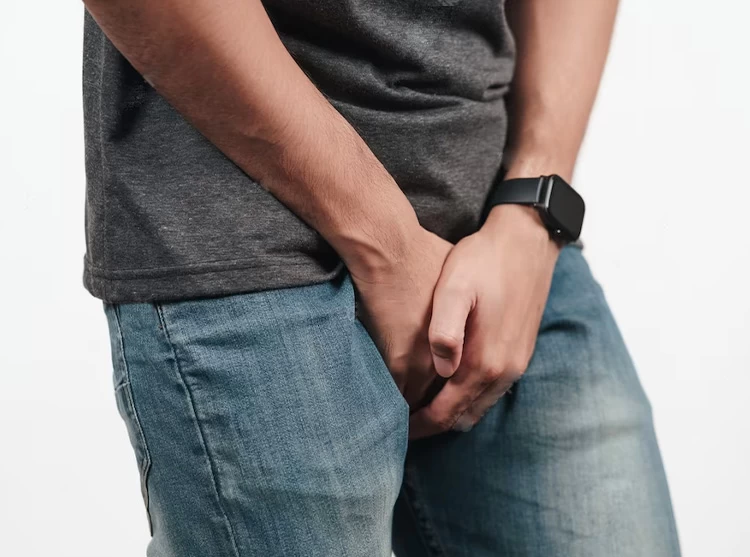
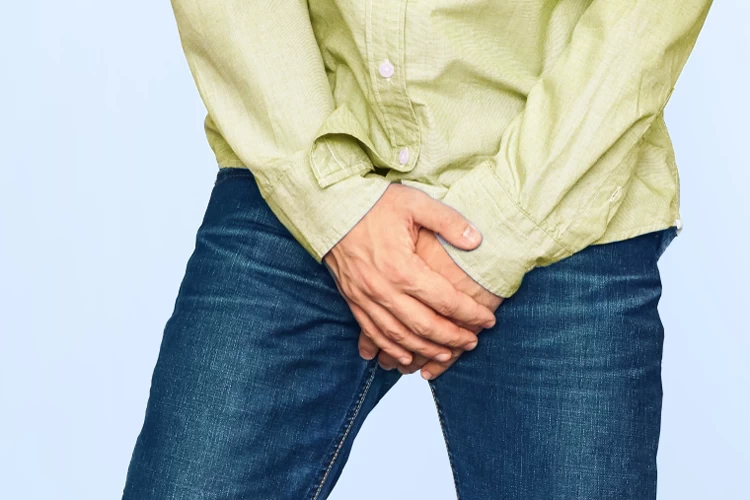
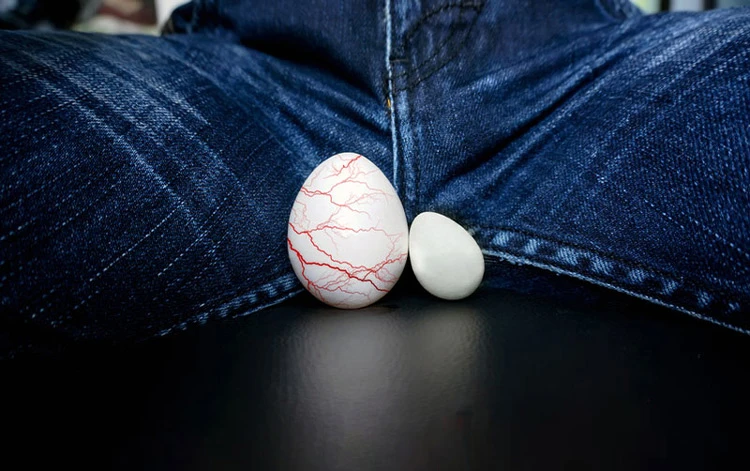
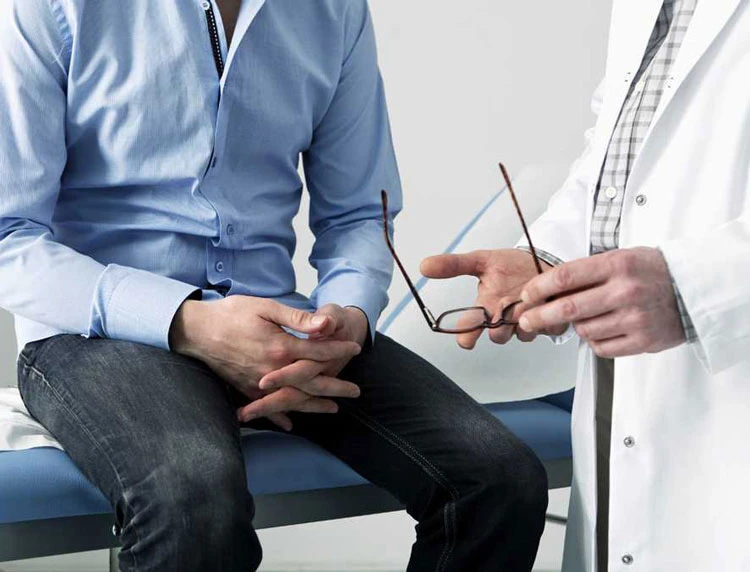
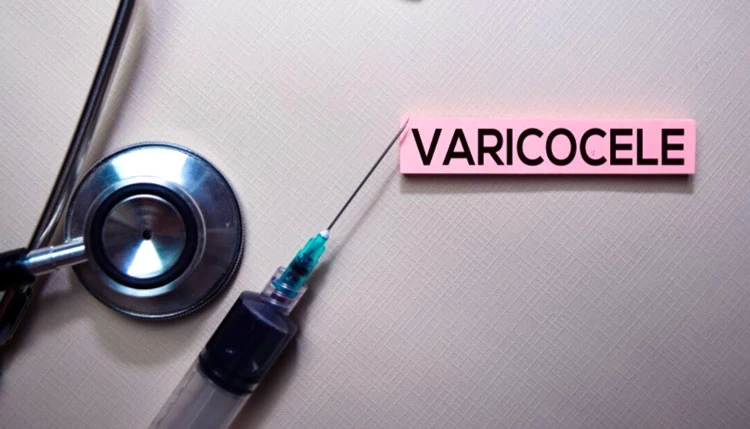

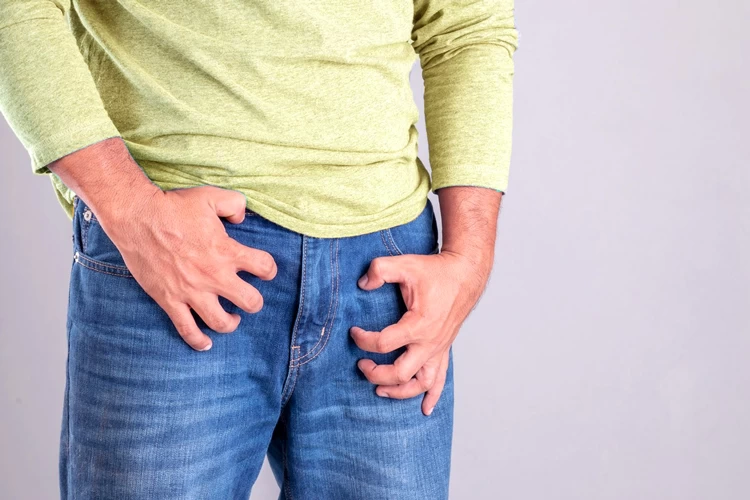


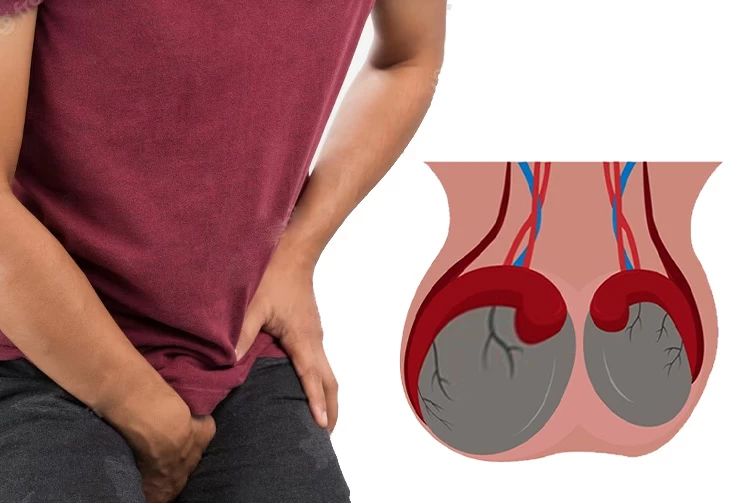

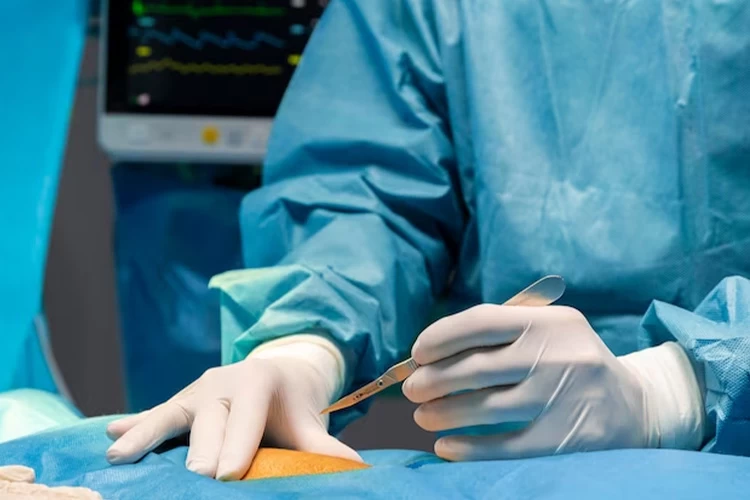
No reviews
Your comment